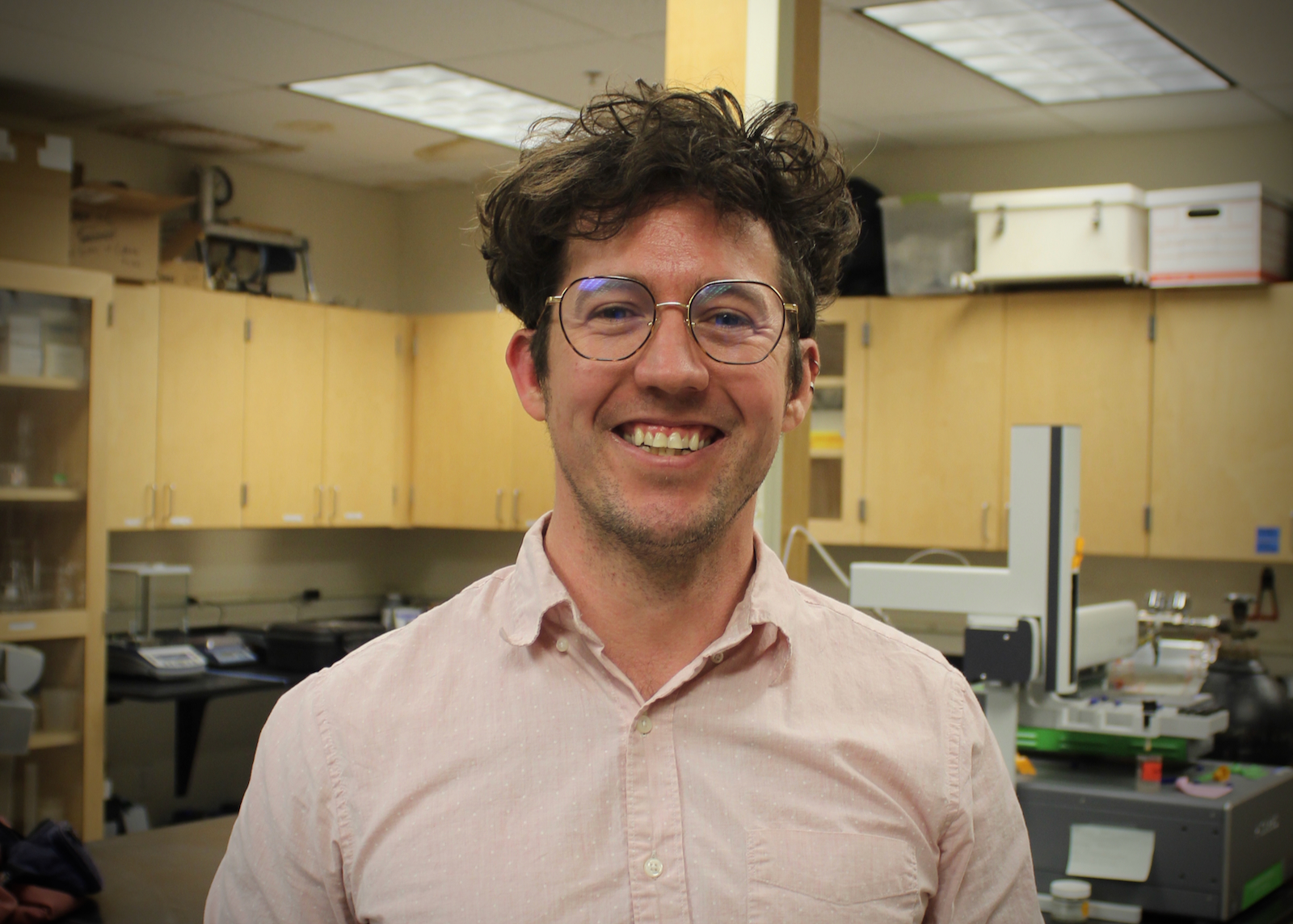All life evolved under the sun — so it makes sense that the planet’s 24-hour light regime is deeply connected to human health. But how much does visible light affect our body’s functionality?
Visible light can be measured by temperatures in Kelvin, which is the scientific measurement for the color of light. Different light temperatures have varying positive and negative affects on the human body. Stable light regimes are deeply connected to the body’s regulatory functions — which are also known as the “circadian rhythm,” a type of biological clock.
The circadian rhythm is the internal process that follow a 24-hour cycle. It influences when we sleep and wake up, as well as a variety of other functions — including the heart rate, blood pressure, hormone levels, and urine production. Faydra Mumme, a licensed clinical professional counselor, says that sleep disturbance has been linked to a greater risk of stroke, heart disease, and many other ailments.





